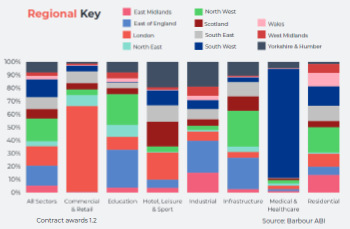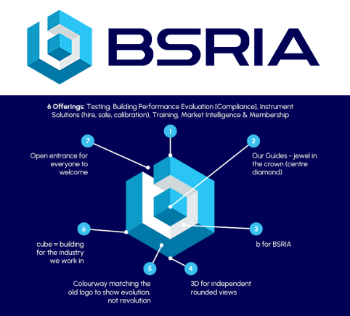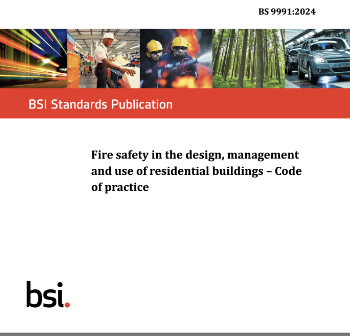Buildingomics
Contents |
[edit] Introduction
Buildingomics is an approach to measuring employee performance, wellbeing and productivity. The concept is associated with the green building movement in the United States.
[edit] Basis for research
The concept of buildingomics is built on the COGfx Buildingomics Study. This 2017 research was conducted by Dr Joseph Allen and The Healthy Buildings Team at the Harvard T.H. Chan School of Public Health in Boston, Massachusetts.
The study examines the impact that nine key aspects of the built environment have on building occupants:
- Ventilation.
- Air quality.
- Thermal health.
- Moisture.
- Dust and pests.
- Safety and security.
- Water quality.
- Noise.
- Lighting and views.
Additional non-building factors relating to general good health, such as activity levels and smoking are also considered.
[edit] Health performance Indicators
The data gathered from these factors is assessed based on Health Performance Indicators, or HPIs. Health Performance Indicators take the concepts of Key Performance Indicators and apply them specifically to building performance.
Buildingomics combines the results of the research on these nine key factors to optimise buildings for health in a holistic, multidisciplinary manner.
[edit] Related articles on Designing Buildings Wiki
- Biotechnology.
- Biotechnology: The key to zero energy buildings.
- Carbon ratings for buildings.
- Do green buildings pay?
- Energy certificates for buildings.
- Energy targets.
- Environmental - sustainable - green design.
- Green building.
- Green rating systems.
- Sustainability.
- Wellbeing.
- WELL Building Standard.
Featured articles and news
CLC and BSR process map for HRB approvals
One of the initial outputs of their weekly BSR meetings.
Building Safety Levy technical consultation response
Details of the planned levy now due in 2026.
Great British Energy install solar on school and NHS sites
200 schools and 200 NHS sites to get solar systems, as first project of the newly formed government initiative.
600 million for 60,000 more skilled construction workers
Announced by Treasury ahead of the Spring Statement.
The restoration of the novelist’s birthplace in Eastwood.
Life Critical Fire Safety External Wall System LCFS EWS
Breaking down what is meant by this now often used term.
PAC report on the Remediation of Dangerous Cladding
Recommendations on workforce, transparency, support, insurance, funding, fraud and mismanagement.
New towns, expanded settlements and housing delivery
Modular inquiry asks if new towns and expanded settlements are an effective means of delivering housing.
Building Engineering Business Survey Q1 2025
Survey shows growth remains flat as skill shortages and volatile pricing persist.
Construction contract awards remain buoyant
Infrastructure up but residential struggles.
Home builders call for suspension of Building Safety Levy
HBF with over 100 home builders write to the Chancellor.
CIOB Apprentice of the Year 2024/2025
CIOB names James Monk a quantity surveyor from Cambridge as the winner.
Warm Homes Plan and existing energy bill support policies
Breaking down what existing policies are and what they do.
Treasury responds to sector submission on Warm Homes
Trade associations call on Government to make good on manifesto pledge for the upgrading of 5 million homes.
A tour through Robotic Installation Systems for Elevators, Innovation Labs, MetaCore and PORT tech.
A dynamic brand built for impact stitched into BSRIA’s building fabric.
BS 9991:2024 and the recently published CLC advisory note
Fire safety in the design, management and use of residential buildings. Code of practice.
























